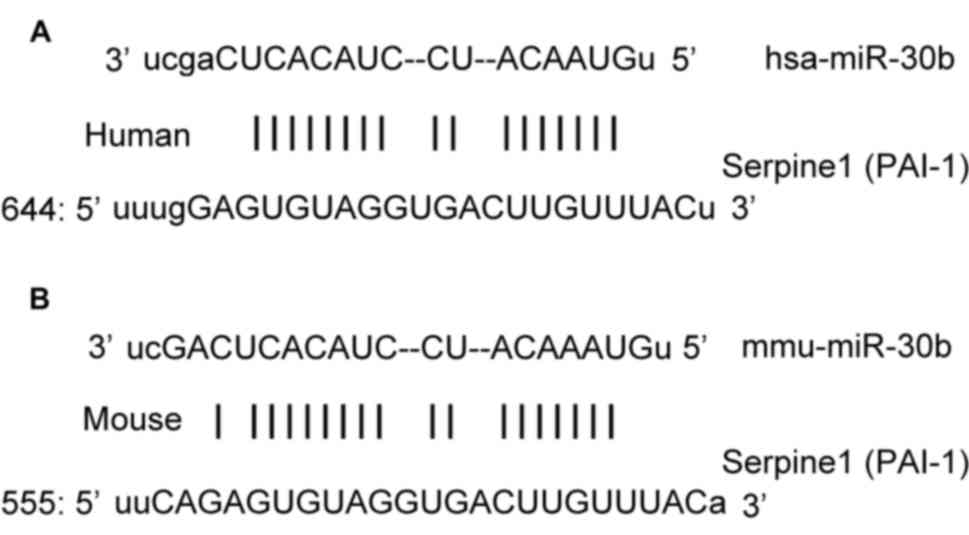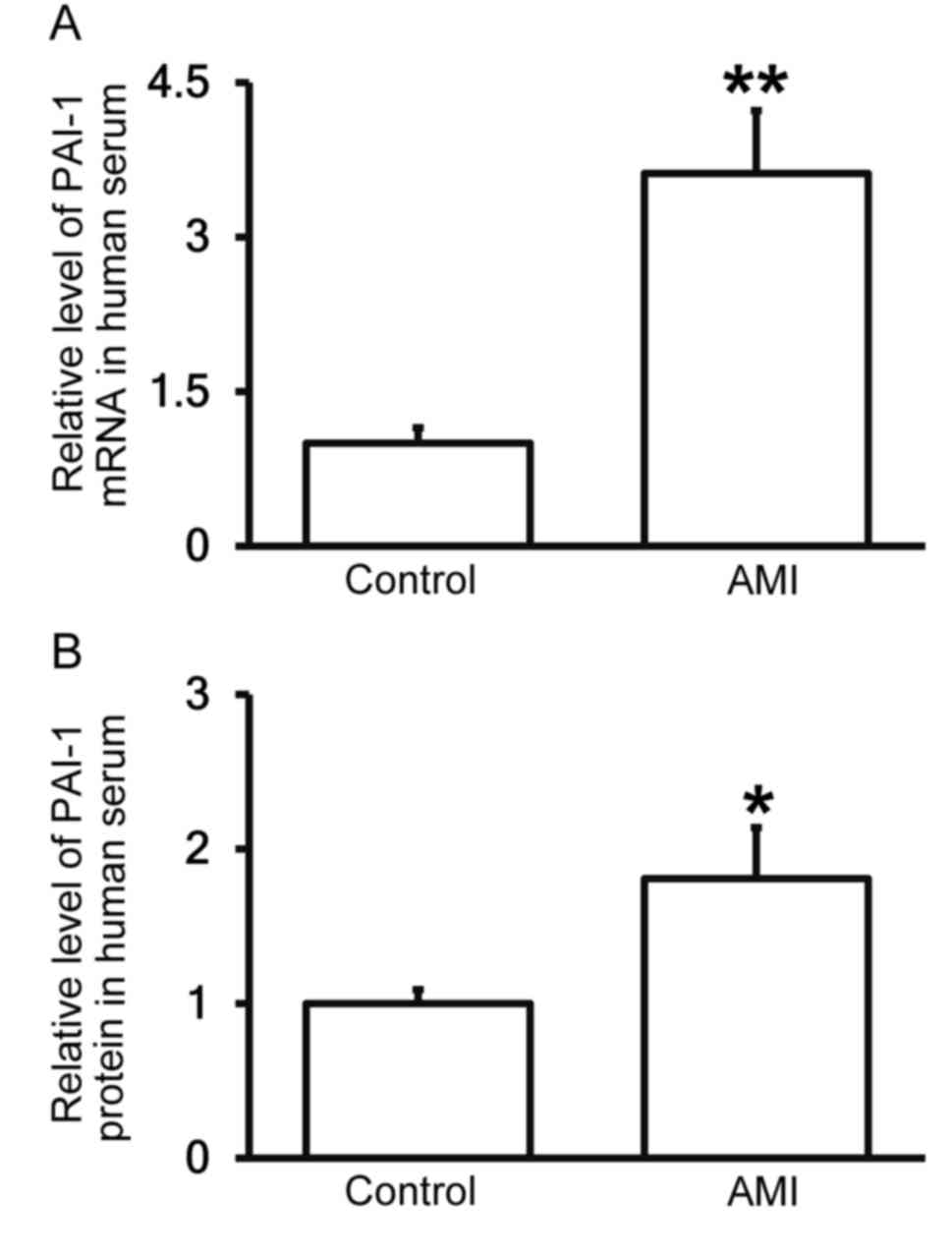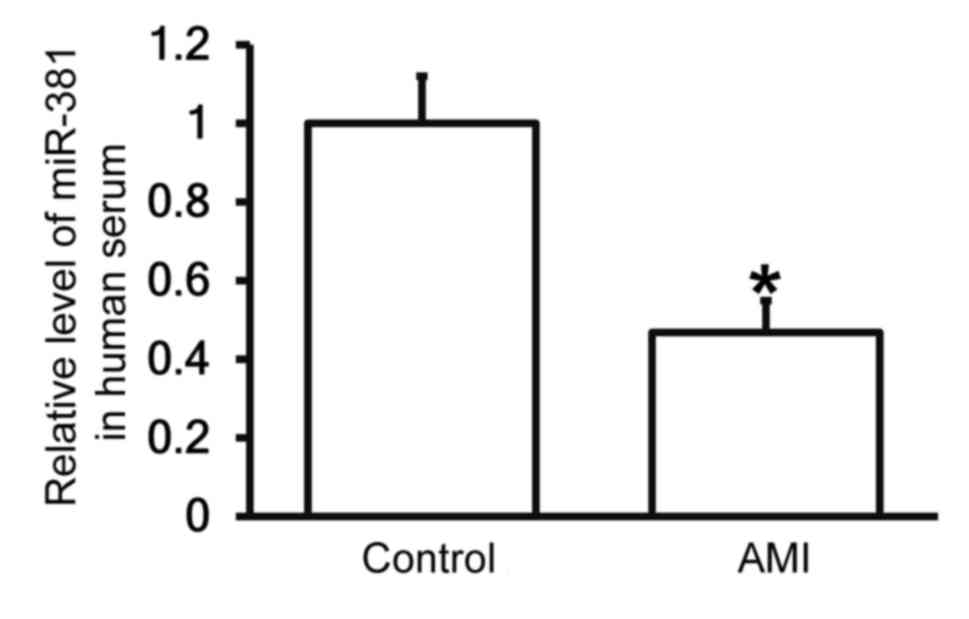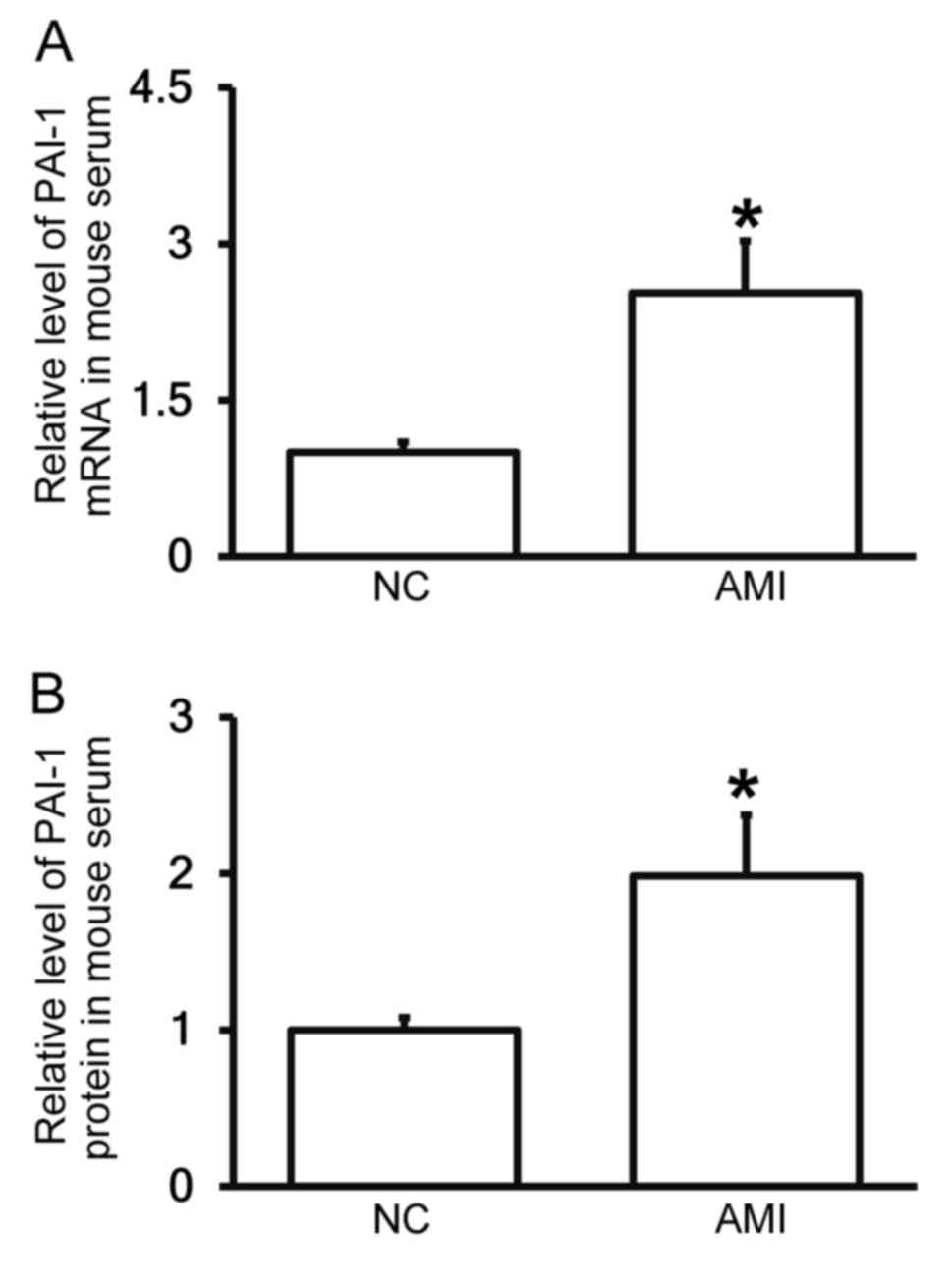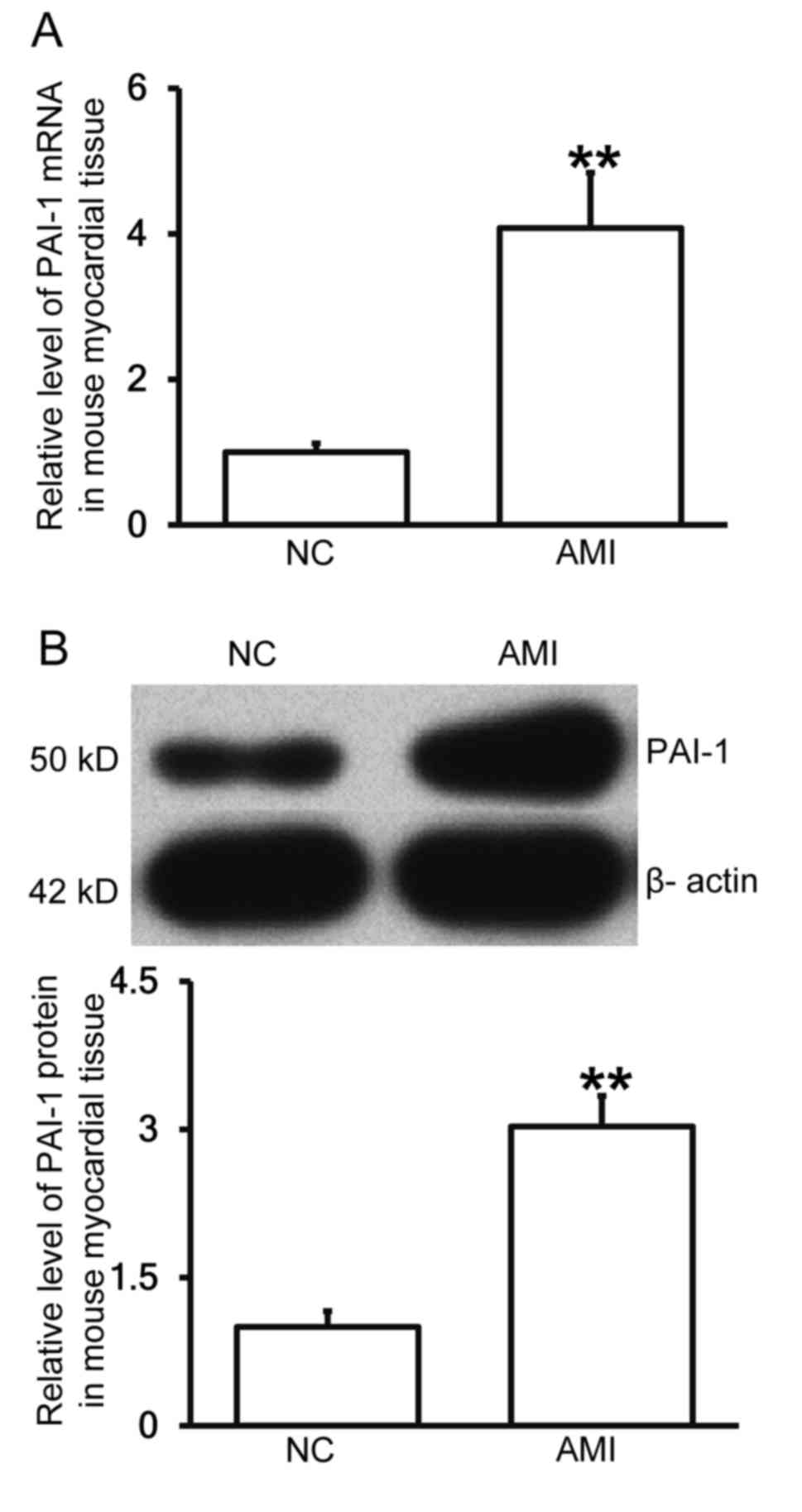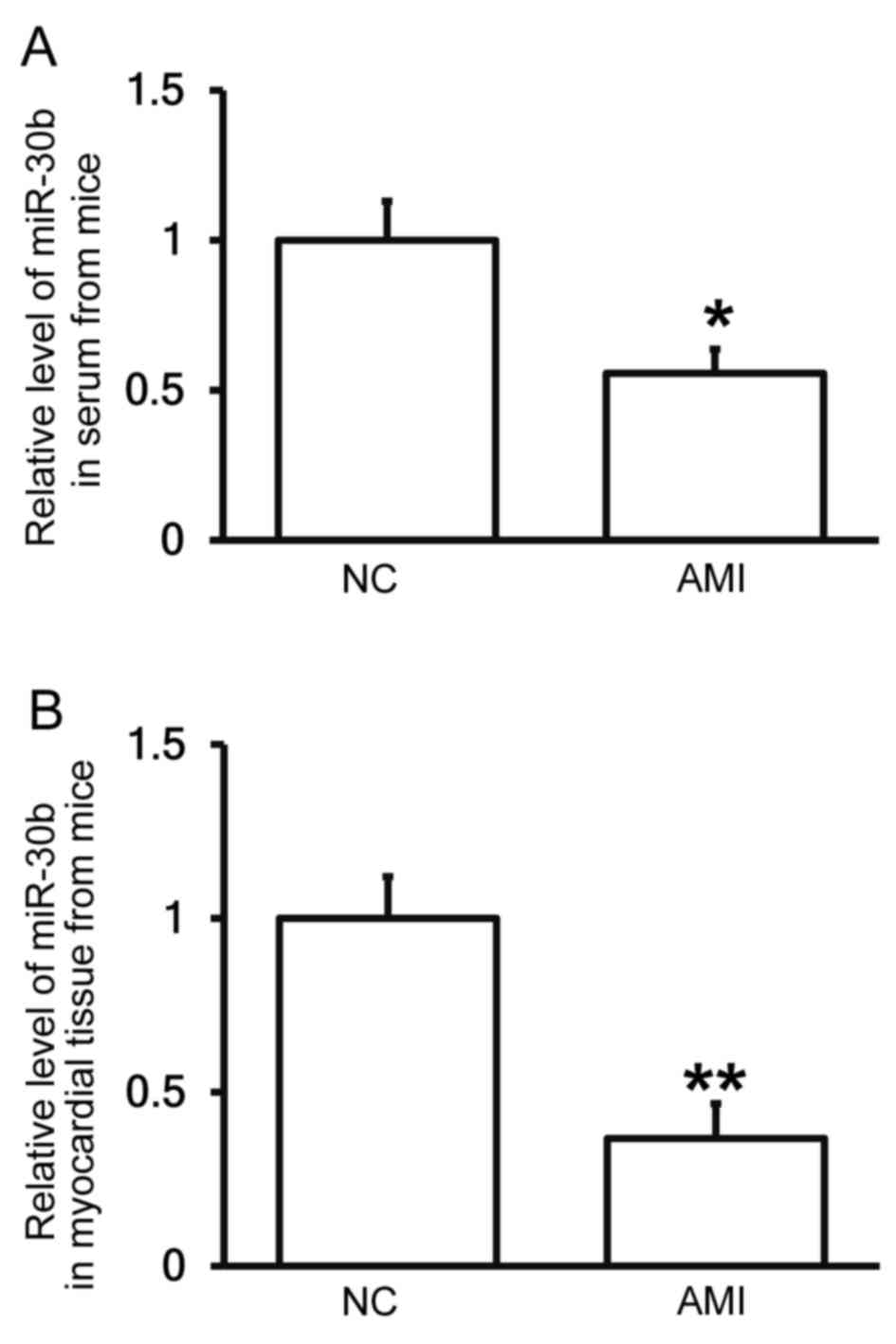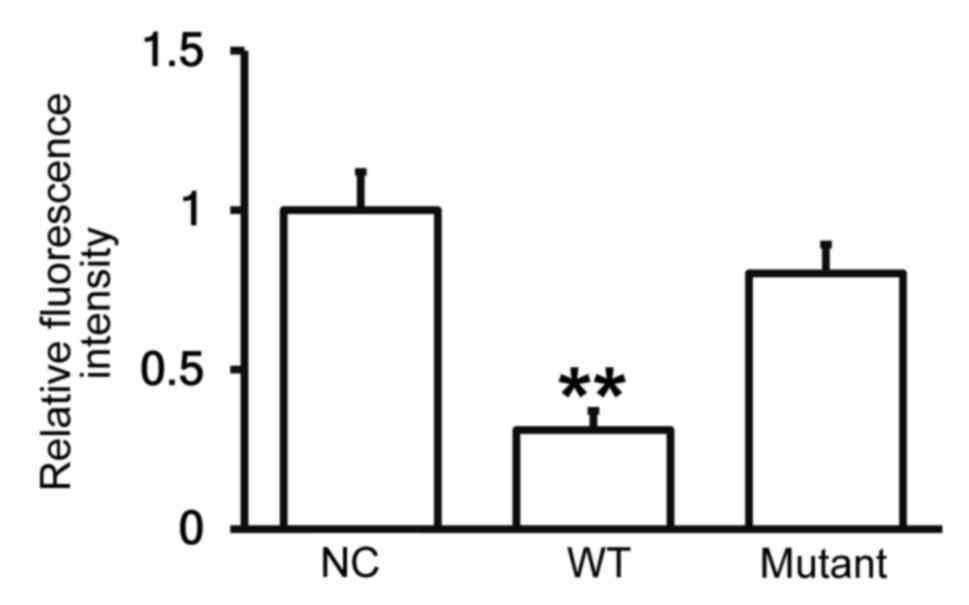|
1
|
Nabel EG and Braunwald E: A tale of
coronary artery disease and myocardial infarction. N Engl J Med.
366:54–63. 2012. View Article : Google Scholar : PubMed/NCBI
|
|
2
|
Mathers CD and Loncar D: Projections of
global mortality and burden of disease from 2002 to 2030. PLoS Med.
3:e4422006. View Article : Google Scholar : PubMed/NCBI
|
|
3
|
Zhou H, Ma Q, Zhu P, Ren J, Reiter RJ and
Chen Y: Protective role of melatonin in cardiac
ischemia-reperfusion injury: From pathogenesis to targeted therapy.
J Pineal Res. 64:e124712018. View Article : Google Scholar
|
|
4
|
Fuke Y, Yasutsune T and Sakamoto M: Aortic
valve replacement after coronary artery bypass grafting with the in
situ right gastroepiploic artery to the occluded right coronary
artery using a temporary vein graft for cardioplegia. Surg Case
Rep. 3:562017. View Article : Google Scholar : PubMed/NCBI
|
|
5
|
Orth-Gomér K, Deter HC, Grün AS,
Herrmann-Lingen C, Albus C, Bosbach A, Ladwig KH, Ronel J, Söllner
W, de Zwaan M, et al: Socioeconomic factors in coronary artery
disease-results from the SPIRR-CAD study. J Psychosom Res.
105:125–131. 2018. View Article : Google Scholar : PubMed/NCBI
|
|
6
|
Kundi H, Kiziltunc E, Korkmaz A, Cicek G,
Ornek E and Ileri M: A novel risk scoring system to predict
cardiovascular death in patients with acute myocardial infarction:
CHA2DS2-VASc-CF score. Clin Appl Thromb Hemost. 24:273–278. 2018.
View Article : Google Scholar : PubMed/NCBI
|
|
7
|
Folsom AR, Aleksic N, Park E, Salomaa V,
Juneja H and Wu KK: Prospective study of fibrinolytic factors and
incident coronary heart disease: The atherosclerosis risk in
communities (ARIC) study. Arterioscler Thromb Vasc Biol.
21:611–617. 2001. View Article : Google Scholar : PubMed/NCBI
|
|
8
|
Rosenfeld ME: An overview of the evolution
of the atherosclerotic plaque: From fatty streak to plaque rupture
and thrombosis. Z Kardiol. 89 Suppl 7:S2–S6. 2000. View Article : Google Scholar
|
|
9
|
Moran AE, Forouzanfar MH, Roth GA, Mensah
GA, Ezzati M, Murray CJ and Naghavi M: Temporal trends in ischemic
heart disease mortality in 21 world regions, 1980 to 2010: The
global burden of disease 2010 study. Circulation. 129:1483–1492.
2014. View Article : Google Scholar : PubMed/NCBI
|
|
10
|
Hua Y, Xi G, Keep RF, Wu J, Jiang Y and
Hoff JT: Plasminogen activator inhibitor-1 induction after
experimental intracerebral hemorrhage. J Cereb Blood Flow Metab.
22:55–61. 2002. View Article : Google Scholar : PubMed/NCBI
|
|
11
|
Pieters M, Barnard SA, Loots DT and Rijken
DC: The effects of residual platelets in plasma on plasminogen
activator inhibitor-1 and plasminogen activator inhibitor-1-related
assays. PloS One. 12:e01712712017. View Article : Google Scholar : PubMed/NCBI
|
|
12
|
Deng ZY, Shan WG, Wang SF, Hu MM and Chen
Y: Effects of astaxanthin on blood coagulation, fibrinolysis and
platelet aggregation in hyperlipidemic rats. Pharm Biol.
55:663–672. 2017. View Article : Google Scholar : PubMed/NCBI
|
|
13
|
Eitzman DT, Westrick RJ, Xu Z, Tyson J and
Ginsburg D: Plasminogen activator inhibitor-1 deficiency protects
against atherosclerosis progression in the mouse carotid artery.
Blood. 96:4212–4215. 2000.PubMed/NCBI
|
|
14
|
Kohler HP and Grant PJ:
Plasminogen-activator inhibitor type 1 and coronary artery disease.
N Engl J Med. 342:1792–1801. 2000. View Article : Google Scholar : PubMed/NCBI
|
|
15
|
Chang TY, Tsai WC, Huang TS, Su SH, Chang
CY, Ma HY, Wu CH, Yang CY, Lin CH, Huang PH, et al: Dysregulation
of endothelial colony-forming cell function by a negative feedback
loop of circulating miR-146a and −146b in cardiovascular disease
patients. PLoS One. 12:e01815622017. View Article : Google Scholar : PubMed/NCBI
|
|
16
|
Satoh M, Nasu T, Takahashi Y, Osaki T,
Hitomi S, Morino Y and Nakamura M: Expression of miR-23a induces
telomere shortening and is associated with poor clinical outcomes
in patients with coronary artery disease. Clin Sci (Lond).
131:2007–2017. 2017. View Article : Google Scholar : PubMed/NCBI
|
|
17
|
Inoue K: MicroRNA function in animal
development. Tanpakushitsu Kakusan Koso. 52:197–204. 2007.(In
Japanese). PubMed/NCBI
|
|
18
|
Looney AM, Ahearne CE, Hallberg B, Boylan
GB and Murray DM: Downstream mRNA target analysis in neonatal
hypoxic-ischaemic encephalopathy identifies novel marker of severe
injury: A proof of concept paper. Mol Neurobiol. 54:8420–8428.
2017. View Article : Google Scholar : PubMed/NCBI
|
|
19
|
Li S, Lee C, Song J, Lu C, Liu J, Cui Y,
Liang H, Cao C, Zhang F and Chen H: Circulating microRNAs as
potential biomarkers for coronary plaque rupture. Oncotarget.
8:48145–48156. 2017.PubMed/NCBI
|
|
20
|
Wang Q, Ma J, Jiang Z, Wu F, Ping J and
Ming L: Identification of microRNAs as diagnostic biomarkers for
acute myocardial infarction in Asian populations: A systematic
review and meta-analysis. Medicine (Baltimore). 96:e71732017.
View Article : Google Scholar : PubMed/NCBI
|
|
21
|
Zhu ED, Li N, Li BS, Li W, Zhang WJ, Mao
XH, Guo G, Zou QM and Xiao B: miR-30b, down-regulated in gastric
cancer, promotes apoptosis and suppresses tumor growth by targeting
plasminogen activator inhibitor-1. PloS One. 9:e1060492014.
View Article : Google Scholar : PubMed/NCBI
|
|
22
|
Clark MacArthur J: The 3Rs in research: A
contemporary approach to replacement, reduction and refinement. Br
J Nutr. 1–7. 2017. View Article : Google Scholar
|
|
23
|
Nwokeoji AO, Kilby PM, Portwood DE and
Dickman MJ: RNASwift: A rapid, versatile RNA extraction method free
from phenol and chloroform. Anal Biochem. 512:36–46. 2016.
View Article : Google Scholar : PubMed/NCBI
|
|
24
|
Livak KJ and Schmittgen TD: Analysis of
relative gene expression data using real-time quantitative PCR and
the 2(-Delta Delta C(T)) method. Methods. 25:402–408. 2001.
View Article : Google Scholar : PubMed/NCBI
|
|
25
|
Zhang P, Wu X, Li G, He Q, Dai H, Ai C and
Shi J: Tumor necrosis factor-alpha gene polymorphisms and
susceptibility to ischemic heart disease: A systematic review and
meta-analysis. Medicine (Baltimore). 96:e65692017. View Article : Google Scholar : PubMed/NCBI
|
|
26
|
Xiao FY, Liu M, Chen BL, Cao S, Fan L, Liu
ZQ, Zhou HH, Zhang W and Zhou G: Effects of four novel genetic
polymorphisms on clopidogrel efficacy in Chinese acute coronary
syndromes patients. Gene. 623:63–71. 2017. View Article : Google Scholar : PubMed/NCBI
|
|
27
|
Chistiakov DA, Grechko AV, Myasoedova VA,
Melnichenko AA and Orekhov AN: Impact of the cardiovascular
system-associated adipose tissue on atherosclerotic pathology.
Atherosclerosis. 263:361–368. 2017. View Article : Google Scholar : PubMed/NCBI
|
|
28
|
Al Badarin F, Aljizeeri A, Almasoudi F and
Al-Mallah MH: Assessment of myocardial blood flow and coronary flow
reserve with positron emission tomography in ischemic heart
disease: Current state and future directions. Heart Fail Rev.
22:441–453. 2017. View Article : Google Scholar : PubMed/NCBI
|
|
29
|
Tanabe N, Hiraoka E, Hoshino M, Deshpande
GA, Sawada K, Norisue Y, Tsukuda J and Suzuki T: Progressive
ischemic stroke due to thyroid storm-associated cerebral venous
thrombosis. Am J Case Rep. 18:194–197. 2017. View Article : Google Scholar : PubMed/NCBI
|
|
30
|
Moreno JA, Gálvez MM, Cornudella R, Angós
JA, Romero MS and Gutiérrez M: Fibrinolytic system in patients with
myocardial infarction and other coronary disease risk factors.
Sangre (Barc). 39:111–116. 1994.(In Spanish). PubMed/NCBI
|
|
31
|
Iida K, Tani S, Atsumi W, Yagi T, Kawauchi
K, Matsumoto N and Hirayama A: Association of plasminogen activator
inhibitor-1 and low-density lipoprotein heterogeneity as a risk
factor of atherosclerotic cardiovascular disease with triglyceride
metabolic disorder: A pilot cross-sectional study. Coron Artery
Dis. 28:577–587. 2017. View Article : Google Scholar : PubMed/NCBI
|
|
32
|
Shimizu T, Uematsu M, Yoshizaki T, Obata
JE, Nakamura T, Fujioka D, Watanabe K, Watanabe Y and Kugiyama K:
Myocardial production of plasminogen activator inhibitor-1 is
associated with coronary endothelial and ventricular dysfunction
after acute myocardial infarction. J Atheroscler Thromb.
23:557–566. 2016. View Article : Google Scholar : PubMed/NCBI
|
|
33
|
Denorme F, Wyseure T, Peeters M,
Vandeputte N, Gils A, Deckmyn H, Vanhoorelbeke K, Declerck PJ and
De Meyer SF: Inhibition of thrombin-activatable fibrinolysis
inhibitor and plasminogen activator inhibitor-1 reduces ischemic
brain damage in mice. Stroke. 47:2419–2422. 2016. View Article : Google Scholar : PubMed/NCBI
|
|
34
|
Seferovic MD and Gupta MB: Increased
umbilical cord PAI-1 levels in placental insufficiency are
associated with fetal hypoxia and angiogenesis. Dis Markers.
2016:71241862016. View Article : Google Scholar : PubMed/NCBI
|
|
35
|
Ji Y, Meng QH and Wang ZG: Changes in the
coagulation and fibrinolytic system of patients with subarachnoid
hemorrhage. Neurol Med Chir (Tokyo). 54:457–464. 2014. View Article : Google Scholar : PubMed/NCBI
|
|
36
|
Thögersen AM, Jansson JH, Boman K, Nilsson
TK, Weinehall L, Huhtasaari F and Hallmans G: High plasminogen
activator inhibitor and tissue plasminogen activator levels in
plasma precede a first acute myocardial infarction in both men and
women: Evidence for the fibrinolytic system as an independent
primary risk factor. Circulation. 98:2241–2247. 1998. View Article : Google Scholar : PubMed/NCBI
|
|
37
|
Hamsten A, de Faire U, Walldius G, Dahlén
G, Szamosi A, Landou C, Blombäck M and Wiman B: Plasminogen
activator inhibitor in plasma: Risk factor for recurrent myocardial
infarction. Lancet. 2:3–9. 1987. View Article : Google Scholar : PubMed/NCBI
|
|
38
|
Chen R, Yan J, Liu P, Wang Z and Wang C:
Plasminogen activator inhibitor links obesity and thrombotic
cerebrovascular diseases: The roles of PAI-1 and obesity on stroke.
Metab Brain Dis. 32:667–673. 2017. View Article : Google Scholar : PubMed/NCBI
|
|
39
|
Li JY, Li Y, Gong HY, Zhao XB and Li LZ:
Protective effects of n-butanol extract of Potentilla anserina on
acute myocardial ischemic injury in mice. Zhong Xi Yi Jie He Xue
Bao. 7:48–52. 2009.(In Chinese). View Article : Google Scholar : PubMed/NCBI
|
|
40
|
Fu XC, Wang X, Zheng H and Ma LP:
Protective effects of orientin on myocardial ischemia and hypoxia
in animal models. Nan Fang Yi Ke Da Xue Xue Bao. 27:1173–1175.
2007.(In Chinese). PubMed/NCBI
|
|
41
|
Maenpaa CJ, Shames BD, Van Why SK, Johnson
CP and Nilakantan V: Oxidant-mediated apoptosis in proximal tubular
epithelial cells following ATP depletion and recovery. Free Radic
Biol Med. 44:518–526. 2008. View Article : Google Scholar : PubMed/NCBI
|
|
42
|
Kim JK, Pedram A, Razandi M and Levin ER:
Estrogen prevents cardiomyocyte apoptosis through inhibition of
reactive oxygen species and differential regulation of p38 kinase
isoforms. J Biol Chem. 281:6760–6767. 2006. View Article : Google Scholar : PubMed/NCBI
|
|
43
|
Castedo E, Segovia J, Escudero C,
Olmedilla B, Granado F, Blas C, Guardiola JM, Millán I, Pulpón LA
and Ugartea J: Ischemia-reperfusion injury during experimental
heart transplantation. Evaluation of trimetazidine's cytoprotective
effect. Rev Esp Cardiol. 58:941–950. 2005.(In Spanish). View Article : Google Scholar : PubMed/NCBI
|
|
44
|
Bardooli F, McAlindon E, Littlejohns B,
Suleiman MS, Bucciarelli-Ducci C and Baumbach A: TCT-184 Early
changes in circulating miRNA 133a are indicative of cardiac
remodelling after 3 months in patients presenting with acute ST
elevation myocardial infarction. J Am Coll Cardiol. 68:B75–B76.
2016. View Article : Google Scholar
|
|
45
|
Wang Y, Ouyang M, Wang Q and Jian Z:
MicroRNA-142-3p inhibits hypoxia/reoxygenationinduced apoptosis and
fibrosis of cardiomyocytes by targeting high mobility group box 1.
Int J Mol Med. 38:1377–1386. 2016. View Article : Google Scholar : PubMed/NCBI
|
|
46
|
Singh GB, Raut SK, Khanna S, Kumar A,
Sharma S, Prasad R and Khullar M: MicroRNA-200c modulates DUSP-1
expression in diabetes-induced cardiac hypertrophy. Mol Cell
Biochem. 424:1–11. 2017. View Article : Google Scholar : PubMed/NCBI
|
|
47
|
Li X, Gao Y, Meng Z, Zhang C and Qi Q:
Regulatory role of microRNA-30b and plasminogen activator
inhibitor-1 in the pathogenesis of cognitive impairment. Exp Ther
Med. 11:1993–1998. 2016. View Article : Google Scholar : PubMed/NCBI
|
|
48
|
Ma F, Li T, Zhang H and Wu G: MiR-30s
family inhibit the proliferation and apoptosis in human coronary
artery endothelial cells through targeting the 3′UTR region of
ITGA4 and PLCG1. J Cardiovasc Pharmacol. 68:327–333. 2016.
View Article : Google Scholar : PubMed/NCBI
|
|
49
|
Li F, Chen Q, Song X, Zhou L and Zhang J:
MiR-30b Is involved in the homocysteine-induced apoptosis in human
coronary artery endothelial cells by regulating the expression of
caspase 3. Int J Mol Sci. 16:17682–17695. 2015. View Article : Google Scholar : PubMed/NCBI
|
|
50
|
Wei C, Li L and Gupta S: NF-κB-mediated
miR-30b regulation in cardiomyocytes cell death by targeting Bcl-2.
Mol Cell Biochem. 387:135–141. 2014. View Article : Google Scholar : PubMed/NCBI
|
|
51
|
Song CL, Liu B, Wang JP, Zhang BL, Zhang
JC, Zhao LY, Shi YF, Li YX, Wang G, Diao HY, et al: Anti-apoptotic
effect of microRNA-30b in early phase of rat myocardial
ischemia-reperfusion injury model. J Cell Biochem. 116:2610–2619.
2015. View Article : Google Scholar : PubMed/NCBI
|
|
52
|
Wang K, An T, Zhou LY, Liu CY, Zhang XJ,
Feng C and Li PF: E2F1-regulated miR-30b suppresses Cyclophilin D
and protects heart from ischemia/reperfusion injury and necrotic
cell death. Cell Death Differ. 22:743–754. 2015. View Article : Google Scholar : PubMed/NCBI
|



